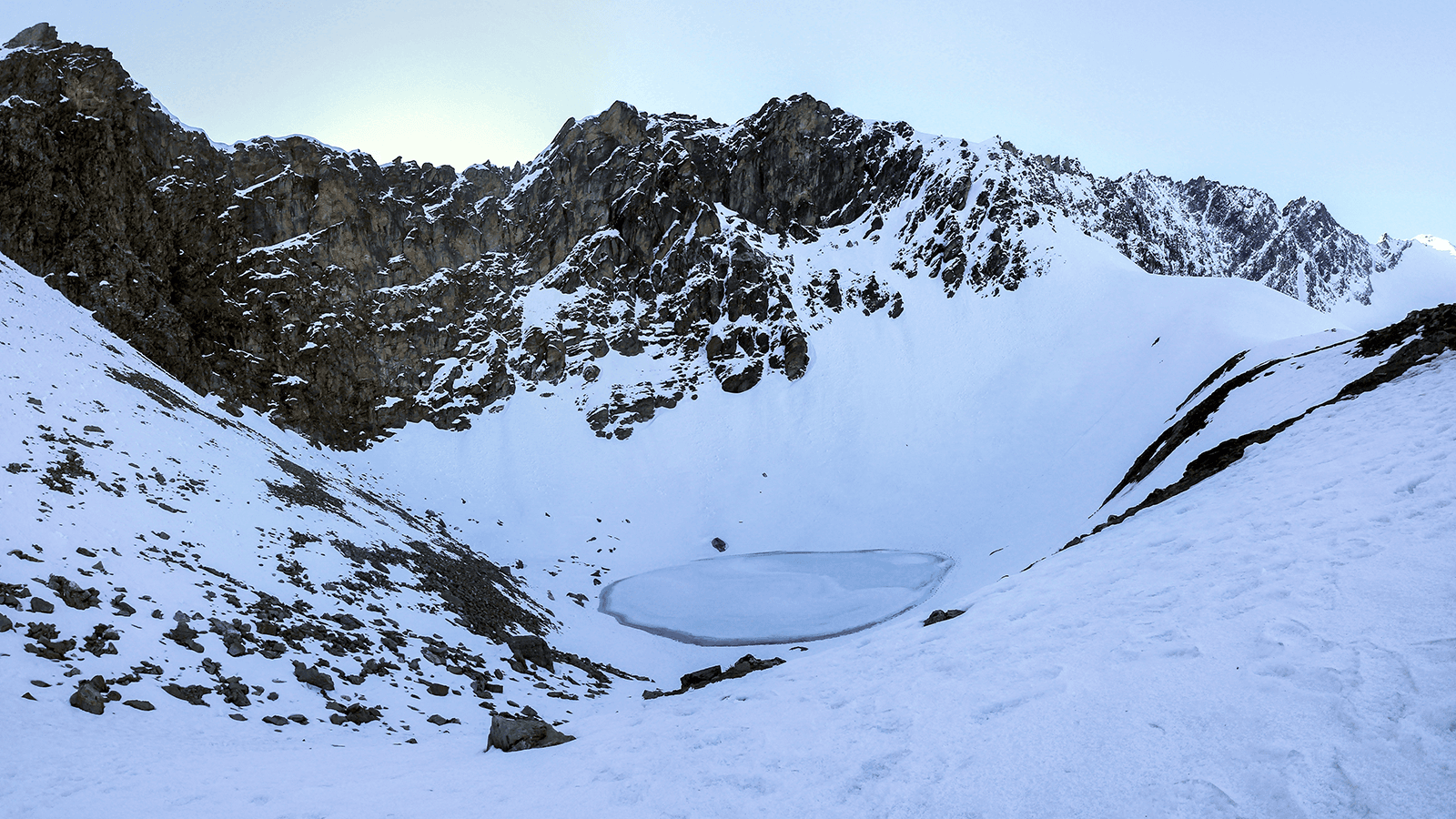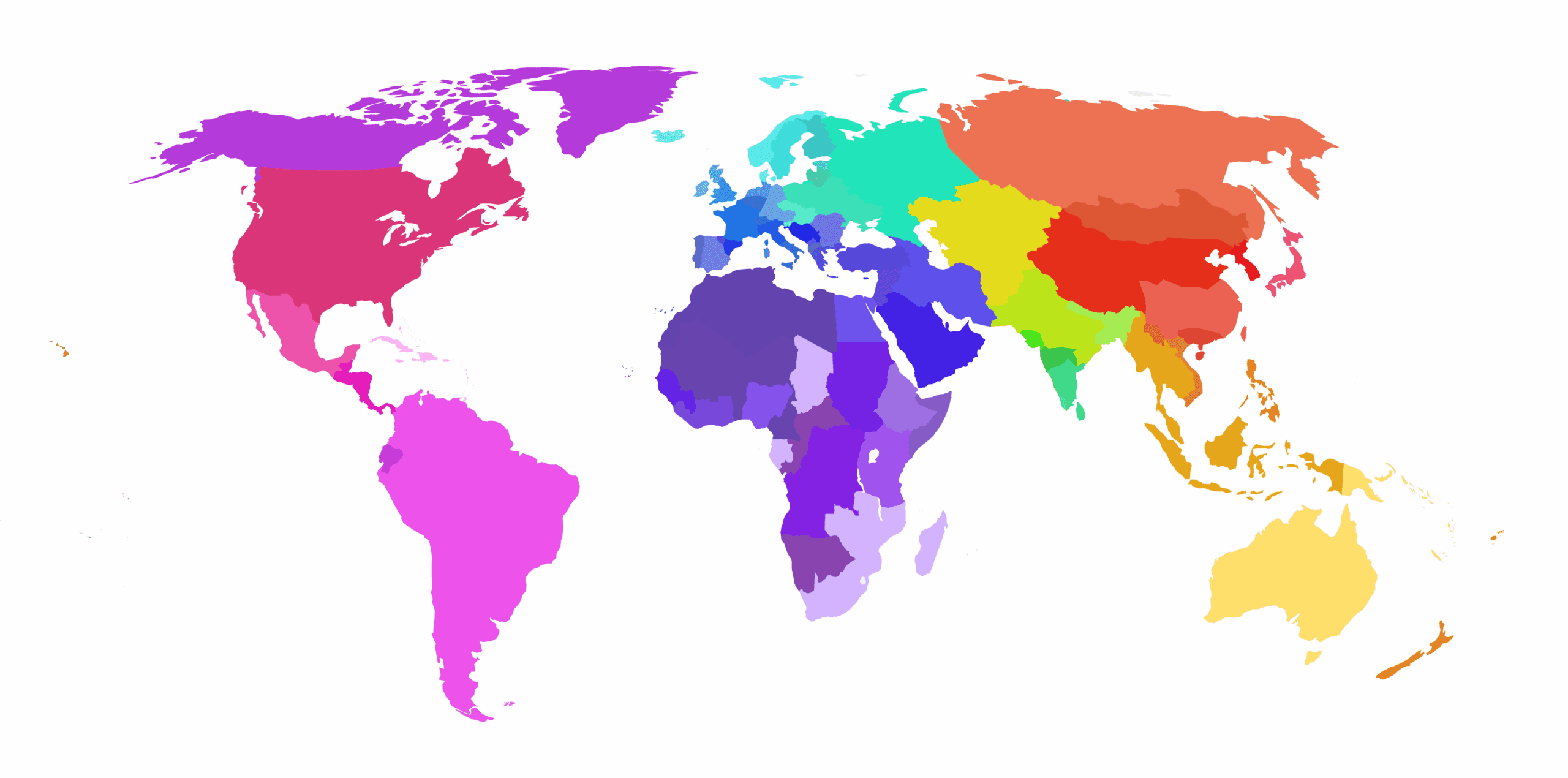 One of the most exciting aspects of archaeology is how new research can alter previously held notions about prehistoric events.
One of the most exciting aspects of archaeology is how new research can alter previously held notions about prehistoric events.
One of the most hotly debated events is the peopling of the Americas. Theories on the timing and specifics of the arrival of the first Americans are continuously modified as new evidence from fossil, paleoclimatic, and genetic records is examined.
First to the New World
A study in last month’s American Journal of Human Genetics argued for an ancient and fast migration of prehistoric humans across the Bering Strait and down the Pacific Coast based on a genetic analysis of present-day Native Americans. That study was provocative because it significantly pushed back the arrival date of humans to the New World to 18,000 years ago from the previous estimate of 13,000 years.
Now, results from a new study in this week’s Science further bolster that theory, using the prevalence of preserved seaweed as an indicator.
Anthropologists at Vanderbilt University excavated a South American archaeological site, Monte Verde II. In southern Chile, Monte Verde II is midway between the Pacific Coast and the Andes mountains. It dates to approximately 14,600 years ago, making it one of the oldest archaeological sites in the New World. The age of Monte Verde II, combined with its extreme southern location, lends additional support to the hypothesis of an early arrival of humans into South America.
Seaweed
The sheer abundance of preserved seaweed in various huts at Monte Verde II lends additional support for the initial migration occurring down the Pacific Coast rather than further inland. Seaweed is an incredibly fragile material and does not preserve well. However, remains of seaweed are found all over Monte Verde II. The authors think the seaweed was probably used extensively for food and medicinal purposes, which still continues in present-day coastal communities.
The presence of some foods from inland areas indicates that the inhabitants of Monte Verde also traveled inland at some point during the year or else mingled with other communities that did so.
So, how do these findings help us to understand the earliest inhabitants of the Americas? Most importantly, this study supports the idea that the first Americans traveled down the length of the Americas via the Pacific Coast. However, it also shows that there seems to be some relationship between coastal communities, such as Monte Verde, and those more inland groups.
In fact, the authors of this study use this possible relationship to propose a slight variation on the theme of a coastal migration route, saying that the first inhabitants may have taken a slower journey down the coast, spreading out in the interior along the way. Although this hypothesis needs additional support, it is clear that the debate on the people of the Americas is far from over.



